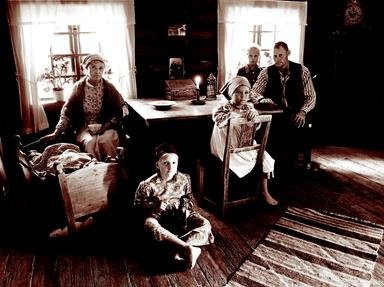Quiz Answer Key and Fun Facts
1. Who coined the term Manifest Destiny?
2. In the Indiana Territory in 1805 a native "prophet" proclaimed he had a vision from the Great Spirit that his people could not allow settlement of their lands by Americans. They must unite and drive the Americans away. Who was this "prophet"?
3. In 1811 and 1812 a series of three earthquakes devastated Native villages along the Mississippi River. Where did these quakes occur?
4. Sequoyah, the son of a white man and a Native mother, developed a system of eighty-six symbols that represented syllables in his Native language. The new written language spread quickly, and was easy to learn. With what Native tribe was Sequoyah affiliated?
5. The Indian Removal Act of 1830 was a simple message to America's indigenous population - the United States belonged to white men. While it applied mostly to tribes in the South, other Natives would soon be affected. The tribe most impacted was the Cherokee. Who was the Cherokee Chief who signed a treaty with the U.S. that ceded most of their land?
6. What was the name of the deciding battle of the Black Hawk War?
7. What was the name of the treaty that extended Manifest Destiny to the Pacific Ocean, resulting in the biggest land acquisition since the Louisiana Purchase?
8. President James K, Polk was against the war with Mexico. He did not believe in Manifest Destiny and felt that the addition of new territories would bring about a civil war over the expansion of slavery.
9. In 1835 the U.S. Army sent a thousand troops to expel an indigenous tribe from Florida. The U.S. troops were continually defeated. What tribe was it that lost about 1/5 of its population in this seven-year conflict?
10. Finally, what did Andrew Jackson often call Native Americans?
Source: Author
ncterp
This quiz was reviewed by FunTrivia editor
ponycargirl before going online.
Any errors found in FunTrivia content are routinely corrected through our feedback system.
